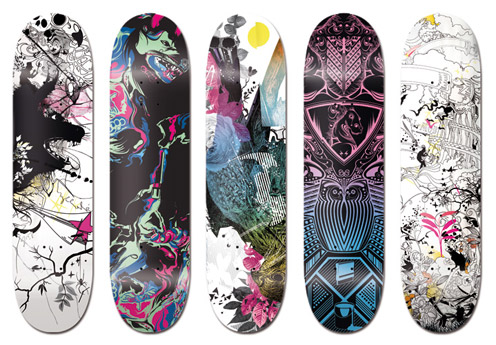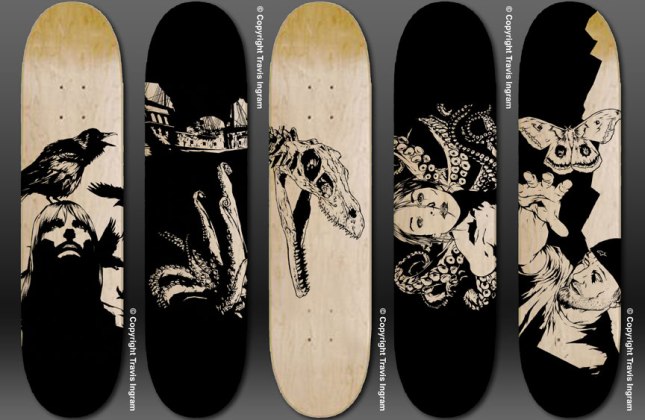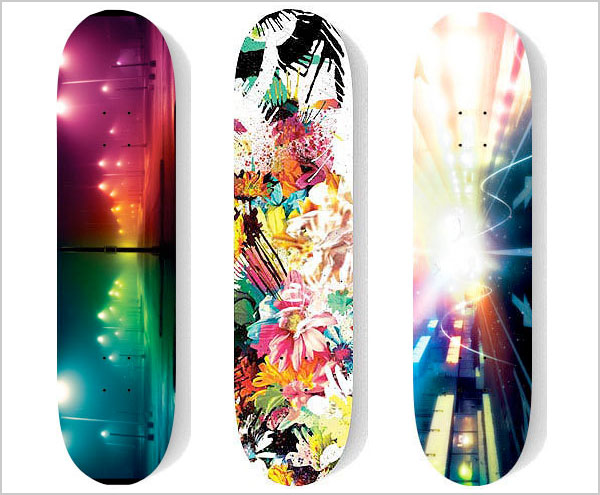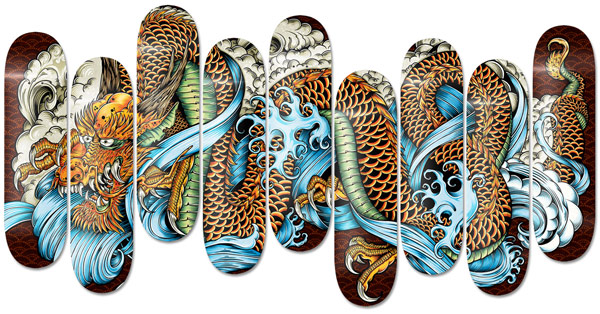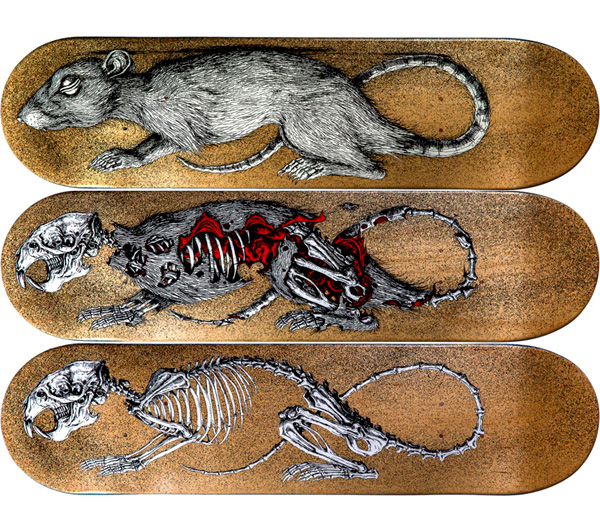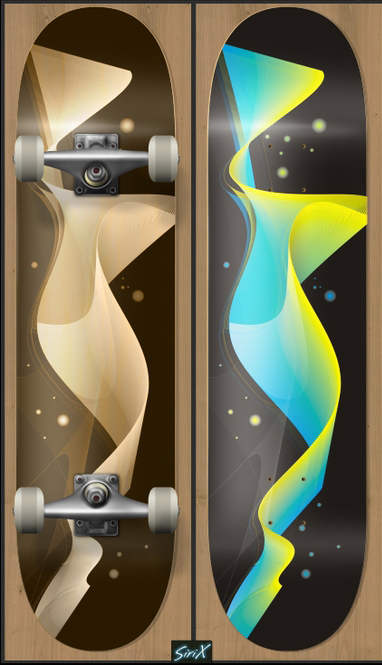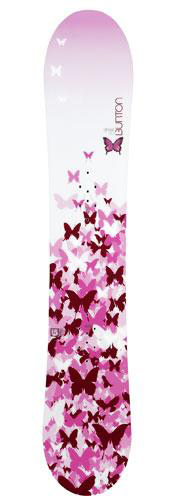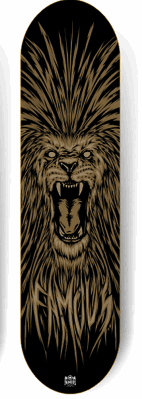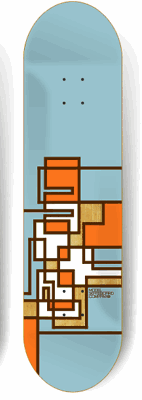For our next project, we will paint a skateboard deck with acrylic paint.
Your project must meet the following requirements:
- Entire skateboard deck painted with acrylic paint
- Balance of positive and negative space
- Displays a cohesive color scheme
- Shows unity and movement
- Contains no words, letters, numbers, copyrighted characters, or trademarks
- Displays good craftsmanship and technical skill
Here are some skateboard and snowboard deck designs to get you started:
Today we will:
- trace the skateboard pattern onto a piece of cardboard, gesso the cardboard, write your name on an area of cardboard that has not been gessoed, and place the cardboard in the drying rack
- post any inspiration photos that you would like Ms. Lawson to print to your blog
- create a concept sketch on the blank skateboard handout and color it in with your intended color scheme


